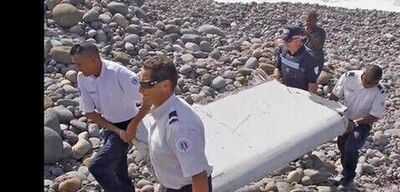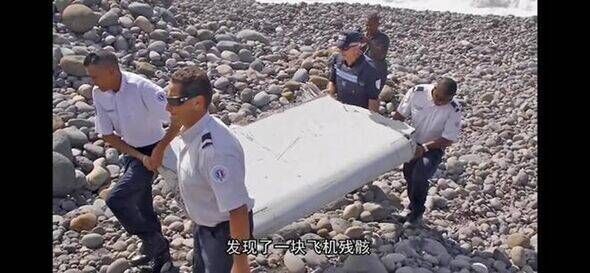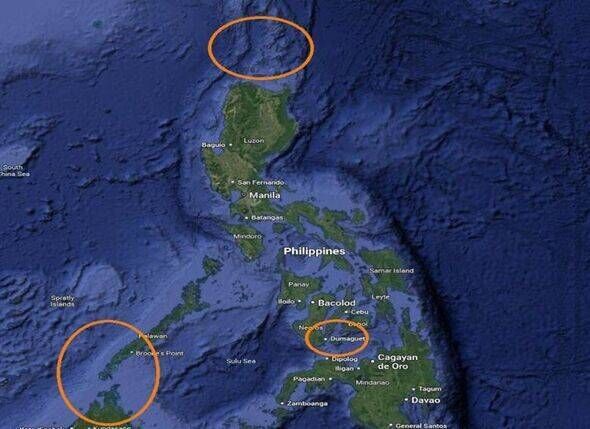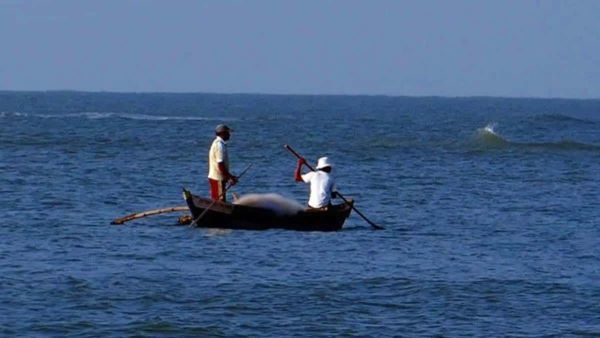

An aviation expert has revealed a "powerful move" that could finally solve the mystery of the missing flight MH370.
After the heartbreaking halt in the search for the aircraft, Ismail Hamad told The Mirror: "I have a strong sense that it will be a powerful step for everyone concerned to put an end to this tragedy."
Recent efforts by marine robotics company Ocean Infinity were abruptly halted in April, with Malaysia's Transport Minister, Anthony Loke, telling AFP: "Right now, it's not the season."
The search has yet to recommence.
The infamous Boeing 777, carrying 227 passengers and 12 crew members, disappeared on 8 March 2014 while flying from Kuala Lumpur to Beijing, according to the Mirror, reports the Express.

The plane remains at the centre of aviation's greatest mystery and is the deadliest single incident involving a vanished aircraft.
Mr Loke stated: "They have stopped the operation for the time being, they will resume the search at the end of this year."
However, Ismail Hammad, Chief Engineer at Egyptair, believes he holds the key to saving everyone "money and time" and finally locating the aircraft that has caused turmoil for authorities and families.
Ismail, questioning the images of the plane's wreckage emerging from the ocean, claimed "the condition of the plane's paint is not consistent with what would happen if it had been lying in salt water for as long as it had."
Despite the spread of conspiracy theories, Ismail is convinced that a "hijacker" is to blame for the incident, with the question being where the plane crashed when their plan went awry.
He said: "If the hijacker was looking for the perfect crime that would remain a mystery for a hundred years, he would have to land on one of the abandoned airstrips or lakes in the maze of the Philippine archipelago, which consists of 7,641 islands.
"Such airstrips are spread out and end in the sea, lakes or swamps, and not fly in a straight line to fall into the waters off the city of Perth , in an area that can be predicted by calculating the rate of the fuel consumption."
Ismail further added: "Whatever the pilot's experience he would not be able to fly easily and accurately in a straight line on such a long straight route, above an open area of water, at night for such long hours".
The engineer explained that navigation from the Malaysian coastline to the southern Indian Ocean would suggest it crashed near Perth.
However, if the pilot had access to a GPS system, they would have been able to navigate themselves over the Philippines islands "if they knew them and their cities' lights well".
Ismail explained that programming the autopilot computer with just coordinates of a point in space is a complex task.
He further said: "Likewise, a pilot alone would not be able to continue flying a big aircraft like B777-200 for nine hours since take-off until vanishing, including the three hours on average it takes to check the condition of the aircraft and its documentations before the taking off according to the aviation regulations."
Ismail concluded that without the autopilot system or navigation aids, using the aircraft's magnetic compass, the search area should be narrowed down to the Malacca strait to the Perth coast considering "all those stresses".
-
Did Hardik Pandya just make his relationship official? Cricketer’s Instagram stories with Mahieka Sharma go viral – see pics

-
‘I know what my destiny is’: Shivakumar on reports about his CM claims

-
‘Insult to women’: Oppn slams govt over women journalists’ absence from taliban meet

-
TN fishermen strike as Sri Lankan Navy arrests 47 and seizes boats

-
Lapses by TN Food & Drug department exposed in Coldrif probe
